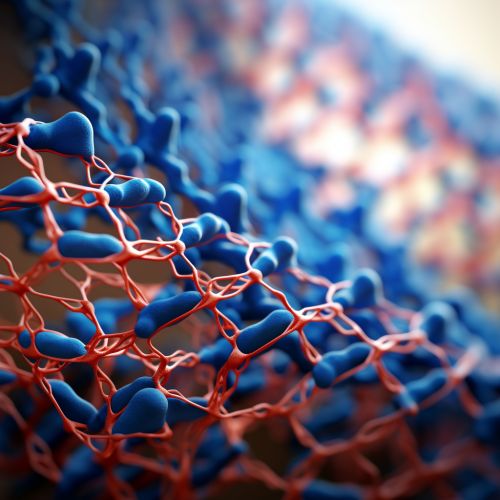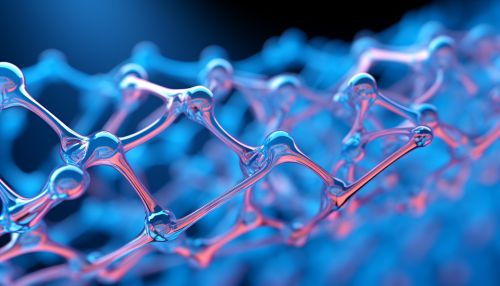Point Mutations in Amino Acids 821 and 826 of RB1 Protein
Introduction
The RB1 protein is a tumor suppressor protein that is instrumental in controlling cell growth and division. Mutations in this protein can lead to various forms of cancer, including retinoblastoma, osteosarcoma, and some forms of lung cancer. This article focuses on the point mutations at amino acids 821 and 826 of the RB1 protein and their implications.


Point Mutations
Point mutations are changes in a single nucleotide base within a DNA sequence. These mutations can have a profound impact on the structure and function of proteins. In the context of the RB1 protein, point mutations at amino acids 821 and 826 can lead to a dysfunctional protein, potentially leading to uncontrolled cell growth and division.
Amino Acids 821 and 826
Amino acids 821 and 826 of the RB1 protein are located within the protein's C-terminal domain. This domain is responsible for binding to E2F transcription factors, which are crucial for cell cycle progression. Mutations at these specific sites can disrupt this binding, leading to deregulation of the cell cycle.
Mutations at Amino Acid 821
Mutations at amino acid 821 of the RB1 protein can lead to a change in the protein's structure and function. This can result in the protein's inability to bind to E2F transcription factors, leading to uncontrolled cell growth and division. Studies have shown that mutations at this site are associated with various forms of cancer, including retinoblastoma and osteosarcoma.
Mutations at Amino Acid 826
Similarly, mutations at amino acid 826 can also lead to a dysfunctional RB1 protein. These mutations can disrupt the protein's ability to bind to E2F transcription factors, leading to deregulation of the cell cycle. Research has shown that mutations at this site are also associated with various forms of cancer, including retinoblastoma and some forms of lung cancer.
Implications of These Mutations
The implications of these mutations are significant. They can lead to uncontrolled cell growth and division, which can result in the development of cancer. Understanding these mutations can provide insights into the mechanisms of cancer development and can potentially lead to the development of targeted therapies.
Future Research
Future research in this area is focused on understanding the exact mechanisms by which these mutations lead to cancer development. Additionally, research is being conducted to develop targeted therapies that can specifically target these mutations, potentially leading to more effective treatments for patients with these mutations.
